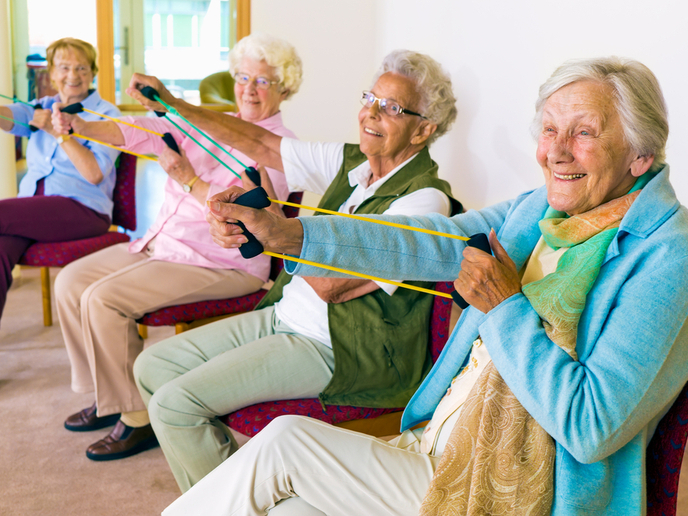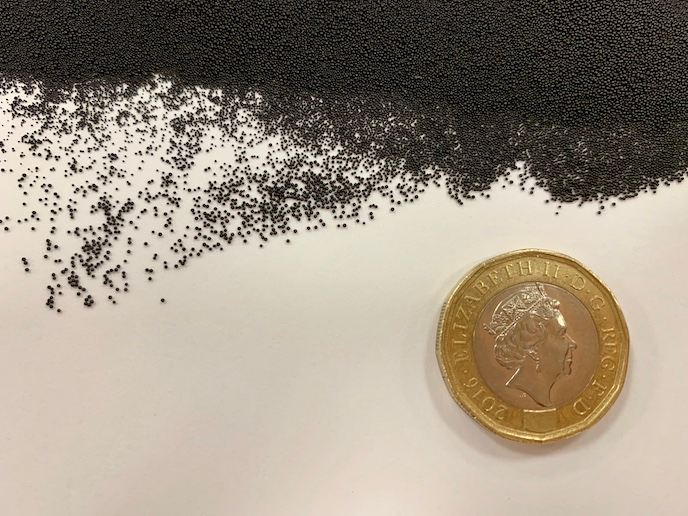A personalised e-solution for elderly exercise regimes
Accumulating evidence indicates that lack of physical activity in the elderly is a risk factor for disease and disability. Age-related decline in neuromuscular functioning alongside orthostatic intolerance and falls often restrain older people from physical activity. This also causes stress and loss of independence, reducing their quality of life.
A system for monitoring and promoting activity in the elderly
Considering the positive impact of physical activity on cognitive and physical function in elderly citizens, the EU-funded REACH2020(opens in new window) project developed a system for promoting activity participation and thus preventing deterioration in their health. “REACH2020 follows a proactive approach that aims to detect physically inactive individuals and urge them to engage in physical activity,” explains project coordinator Thomas Bock, Chair for Building Realisation and Robotics at the Technical University of Munich. REACH2020 was adapted to the ecosystems of different care settings for older persons such as homes, hospitals, and day-care centres. The toolkit offers personalised and data-driven physical, cognitive, mobility, social and nutritional interventions through four different touchpoints. These have been designed following personal monitoring and extensive clinical testing(opens in new window) in over 27 trials. To monitor individuals and detect human activity, the REACH2020 solution incorporates machine learning methods(opens in new window) alongside data collection from a combination of wearable and ambient sensors. “Machine Learning is used as a core element to predict activities of daily living, recognise physical activity and behaviour trends, detect deviations of patterns and critical situations, cluster and profile people, and inform the effectiveness of the intervention,” continues Bock. The system uses personalised intelligent interior units to integrate the above described functional elements into daily life activities.
REACH2020 innovations
The project has resulted in various innovations including ActivLife(opens in new window), a system to maintain and restore balance and muscle strength, in individuals with mild to moderate limitations, and TRACK(opens in new window), an assistive system that helps older people with moderate or high restrictions on selfcare. Data from the different wearables are integrated in the Healthy Together application(opens in new window) that monitors behaviour and can be used under medical supervision to improve the treatment of chronic diseases. Collectively, all these solutions are integrated in the REACH Active Ageing GmbH(opens in new window) system.
Project impact and prospects
“REACH2020 has demonstrated with several trials that the generated solutions have a positive effect on the physical and functional capacities of the target group,” emphasises Bock. Moreover, it has identified the factors that need to be addressed to increase physical activity, contributing to continued independent living. Importantly, the generated responsive engagement solutions offer central insight into the activities and behaviours of older people. This will help formulate recommendations and design optimal interventions on a personalised basis. Through devices for physical activation and gamified training programs that can be seamlessly integrated into care settings, elderly citizens can become motivated and assisted to engage into physical activity. Alongside nutritional monitoring, these interventions have the potential to empower older people and improve their cognitive fitness, reducing the risk of chronic illnesses and increasing their resilience physically and functionally.







